Do you really do enough exercise? Test your fitness IQ
No matter how great your efforts, the health benefits of your workout will be affected if you make uninformed decisions. Here’s a way to make smarter choices to achieve the most | ANSWER THESE 10 QUESTIONS ... HONESTLY
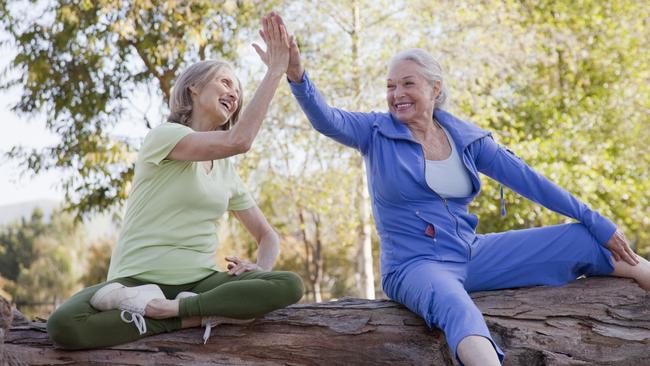
Despite repeated reminders about how much exercise we need to do to stay in shape, as a nation we consistently fall short of official targets. Figures from last year’s Sport England Active Lives survey, which measured the activity levels of adults and young people in England, revealed that less than two thirds (63 per cent) of the population meets the minimum level of daily and weekly activity deemed necessary to maintain good health, with 26 per cent of the adult population classified as inactive.
In global surveys the statistics are similarly discouraging, with the World Health Organisation showing that as many as 27 per cent of adults don’t meet its own recommended levels of physical activity. Even among those who do exercise regularly, there are what researchers term “forgotten guidelines” that are overlooked and which could affect long-term health and longevity. A 2022 study of older UK adults published in the International Journal of Environmental Research and Public Health revealed that when it comes to strengthening exercises, few adults were aware of how much they needed to do or of the type of activity that would meet the requirement.
So how well do you understand the basics of fitness? Do you know your static stretching from your isometric exercises? This quiz will test your workout knowledge to help you to find out if you are on the right path to wellbeing.
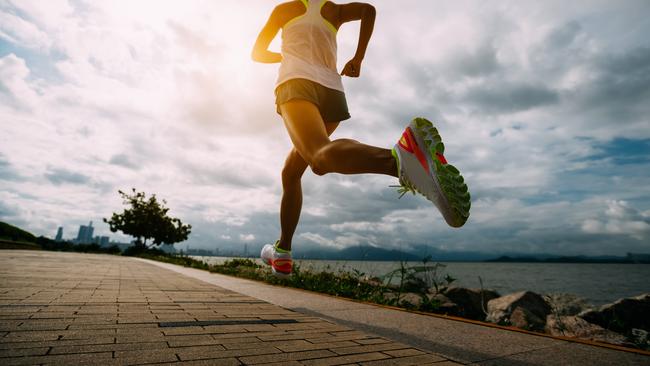
The Questions
1. What is the minimum amount of moderate-intensity exercise minutes per week you need to maintain health, according to the UK chief medical officer’s guidelines?
A 50 minutes
B 75 minutes
C 100 minutes
D 150 minutes
2. At least how many times per week should you do strength exercises, according to those guidelines?
A Once a week
B Twice a week
C Three times a week
D Every day
3. Which of these provides the biggest overall health gains?
A 15 minutes of walking
B 10 minutes of cycling
C 5 minutes of running
D 12 minutes of swimming
4. How often should the over-65s aim to be physically active, according to the UK chief medical officer’s guidelines?
A Every day
B 3-4 days a week
C 2 days a week
D Once a week
5. How often should running shoes be replaced?
A Every 12 months
B Every 500 miles
C Every 1,000 miles
D When they start to look and feel worn out
6. What is best to help to prevent back pain?
A Resistance training
B Daily stretching
C Rest
D Visit a chiropractor
7. Which of these will best help to lower your blood pressure?
A 6 minutes of skipping
B 20 minutes of HIIT training
C 60 seconds of weighted lunges
D 2 minutes of wall sits
8. If you want to improve bone health, which of these should you do regularly?
A 60 minutes of outdoor swimming
B 45-minute spinning class
C 40 seconds of skipping
D 15 biceps curls
9. What is the best way to prepare for a workout?
A Have an ice bath
B Take a beetroot shot
C March on the spot and do some leg swings
D Do 5 minutes of static stretches (such as touching the toes)
10. How fast should I be walking to benefit my health?
A 50 steps per minute
B 100 steps per minute
C 200 steps per minute
D 250 steps per minute
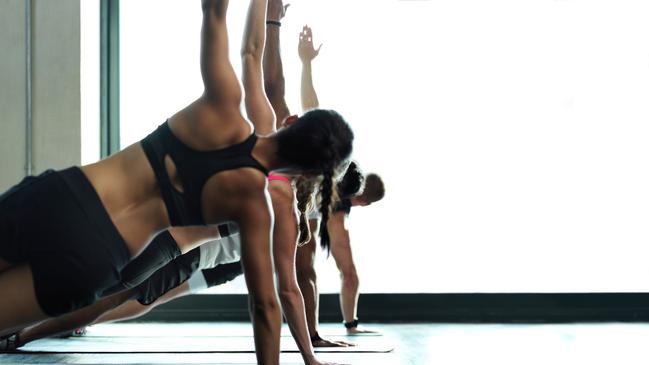
Check your answers
Question 1 - D: UK guidelines for aerobic activity suggest that adults should do at least 150 minutes per week of moderate intensity physical exercise, the type that leaves you breathing harder but still able to chat. This includes brisk walking, riding a bike, doubles tennis and dancing. Ideally, say health chiefs, the activity should be “spread evenly over four to five days a week, or every day”. However, a recent study of 9,600 people in the journal Obesity showed it is fine to cram relatively more of your weekly activity into a weekend. You can cut time by increasing the intensity and aiming instead for 75 minutes per week of vigorous exercise, the type that leaves you puffing and red-faced, and includes running, swimming, martial arts and competitive team sports.
Question 2 - B: All adults aged 19 to 64 should try to do some strengthening exercises “that work all the major muscles in the legs, hips, back, shoulders, abdomen, chest and arms” on at least two days a week, according to government guidelines. Weights are the obvious option, but you don’t need to pump iron for benefits, especially if you are new to resistance training. Instead, use resistance bands, do Pilates or yoga, or body weight exercises such as lunges, push-ups and planks. Regular resistance training helps to offset age-related decline in muscle mass, called sarcopenia, which is associated with a higher risk of conditions including frailty, type 2 diabetes and cardiovascular disease. It also helps to boost bone density and offset the risk of osteoporosis.
Question 3 - C: All are beneficial, but if you want great effect in less time, running wins. It uses more of the body’s muscles than cycling - the arms, back and shoulders as well as the legs and glutes - and exercise physiologists estimate that recreational cyclists need to cycle three times as far as they would run for similar health gains. A study in the Journal of the American College of Cardiology showed that regular five-minute runs delivered the same health benefits as triple the amount of walking. Plus the ground impact with each stride helps to build bones more effectively than swimming or cycling. In short, you get a greater physiological return from a shorter distance of running than other activities.
Question 4 - A: Official advice for adults aged 65 and over is to “remain physically active every day, even if it is just light activity” to reduce the risk of heart attacks, falls and strokes. Overall goals should still be to amass at least 150 minutes of cumulative activity over a week and to include some resistance exercise, although this can include carrying heavy shopping bags and gardening.
Question 5 - D: Most running shoe manufacturers will tell you that trainers need replacing after 300-500 miles. However, this is nonscientific and a very rough guideline. Foam cushioning and fabric uppers do degrade over time, but wear and tear depends on your weight and running style, weather conditions and how often you wear the trainers for nonrunning activities such as dog walking and gym classes. A better guide is to check the appearance of shoes every couple of weeks, looking at the wear on previously grippy tread, holes in the uppers, deflated cushioning or a lopsided look to a shoe, which suggests pronation or rolling of some sort. If a shoe feels less cushioned and supportive when you wear it, then it’s time to change. Rotating pairs of shoes can extend the shelf life.
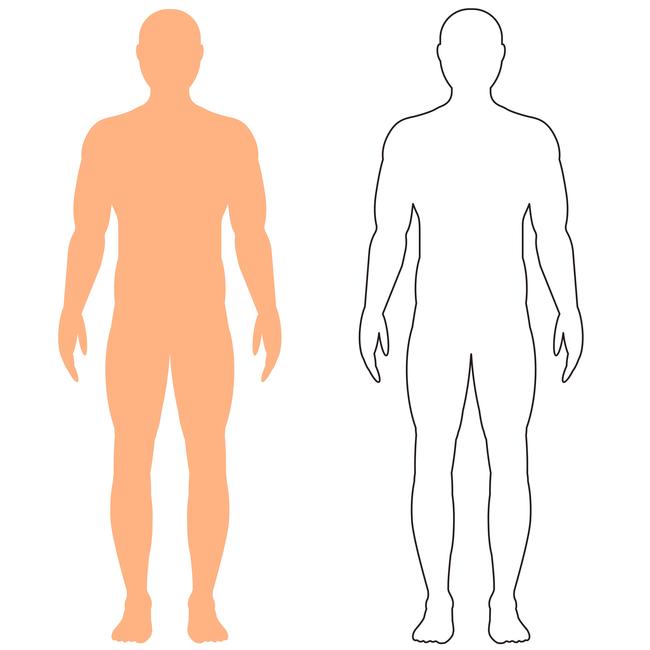
Question 6 - A: Surveys by the Chartered Society of Physiotherapy suggest that 65 per cent of people would avoid resistance and weight training for fear of causing or worsening back pain. But the opposite is true and in a review of exercise types published in the British Journal of Sports Medicine, a team led by Daniel Belavy, associate professor from the Institute of Physical Activity and Nutrition at Deakin University in Australia, found resistance exercise to be beneficial for boosting both the physical function and the emotional health of people with lower-back pain. Including as wide a range of activities as possible, such as (but not in isolation) Pilates and stretching, is the best preventative approach. Our backs are designed to twist and bend and to withstand loads - and it is sitting or lying down for too long that is the biggest enemy of back health. In the BJSM study the “hands-on” treatments (chiropractic, osteopathic, massage) were found to be less effective than exercise-based options.
Question 7 - D: Isometric exercise, defined as a static hold in which muscles are contracted against an immovable object such as wall sits, plank holds and glute bridges, was shown (in a review of 270 clinical trials involving 15,827 participants published in the British Medical Journal) to be helpful in maintaining a healthy blood pressure for mid-lifers, including the 14 million people in the UK who already have hypertension. Results of the study by Dr Jamie O’Driscoll, a researcher in cardiovascular physiology at Canterbury Christ Church University, found that all exercise, including cardio and weights, is helpful in reducing hypertension, but that static exercise had the greatest benefits. “Holding a muscle under tension with no movement as you do in a wall sit causes blood vessels to compress. “As you release the hold, blood flow increases, which helps the blood vessels to dilate again,” O’Driscoll says. He recommends up to two minutes of wall sitting, eventually repeated four times and performed 2-3 times a week.
Question 8 - C: Performing high-impact weight-bearing exercise is essential for maintaining healthy bones. A simple and effective way to do this is to perform 50 skips landing on both feet, which takes about 40 seconds to complete, or 50 hops on each leg every day. Dr Katherine Brooke-Wavell, a researcher at Loughborough University’s national centre for sport and exercise medicine, showed (in a study published in the Journal for Bone and Mineral Research) that postmenopausal women who completed up to 50 hops on the same leg increased bone density in their hopping leg over the course of six months. “As long as you haven’t suffered a vertebral fracture, then jumps and jolts, dancing and jogging are all great for the bones,” she says. Skipping is particularly beneficial if swimming or cycling, neither of which are weight-bearing and bone-building activities, are your main form of exercise.
Question 9 - C: Preparing your body for exercise with an appropriate warm-up routine can help to get you physically and mentally prepared for what is to follow. Dynamic warm-ups that include raising your body temperature by marching on the spot, jogging or cycling gently or climbing stairs, and exercises such as walking lunges, high-knee running, arm circles and leg swings can leave you better prepared for fast-moving workouts and sports than static stretches. A dynamic approach may also help to reduce injury risk by as much as 30 per cent, although, according to researchers at Edith Cowan University in Australia, no particular type of warm-up is better than another for boosting gym performance.
Question 10 - B: How fast you walk has as much of a bearing on health as how many steps you tot up. Research from the University of Massachusetts concluded that adults aged 21-60 should aim for a “brisk” pace of 100 steps per minute (or 2.7mph) for at least some of their daily walking. If you can hit a “vigorous walking” pace of 130 steps per minute (4mph), even better. Studies by Thomas Yates, a professor in physical activity, sedentary behaviour and health at the University of Leicester, show that faster walkers tend to live an average 20 years longer than slower walkers and have lower risk of heart disease and other health problems.
The Times




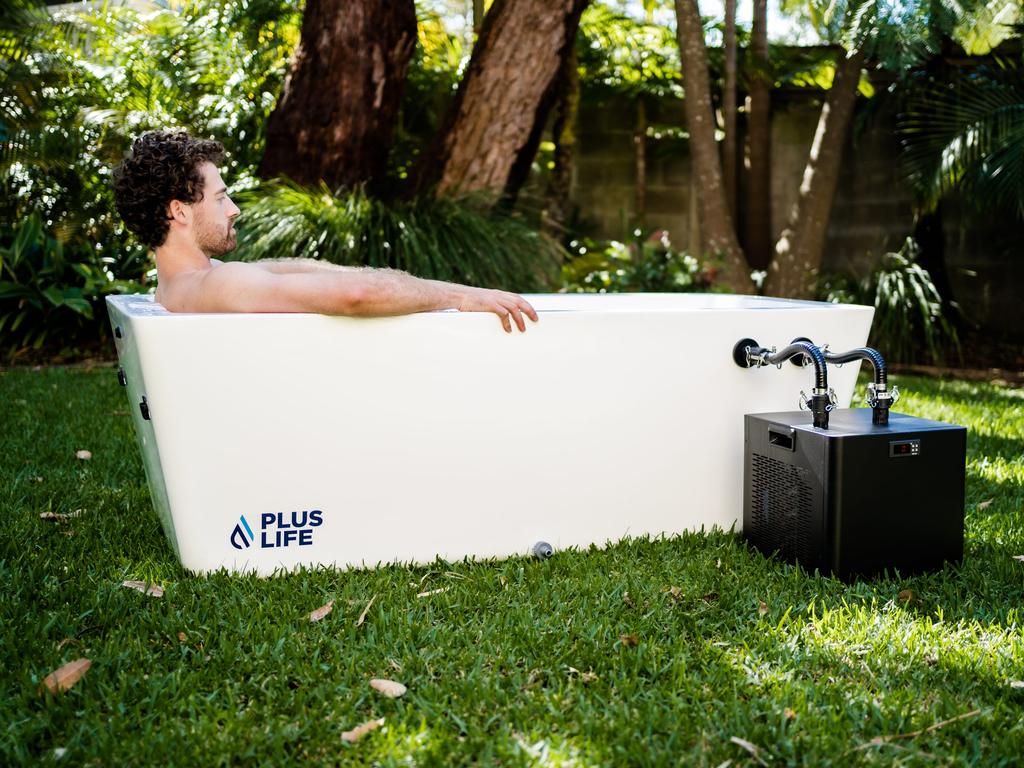
To join the conversation, please log in. Don't have an account? Register
Join the conversation, you are commenting as Logout